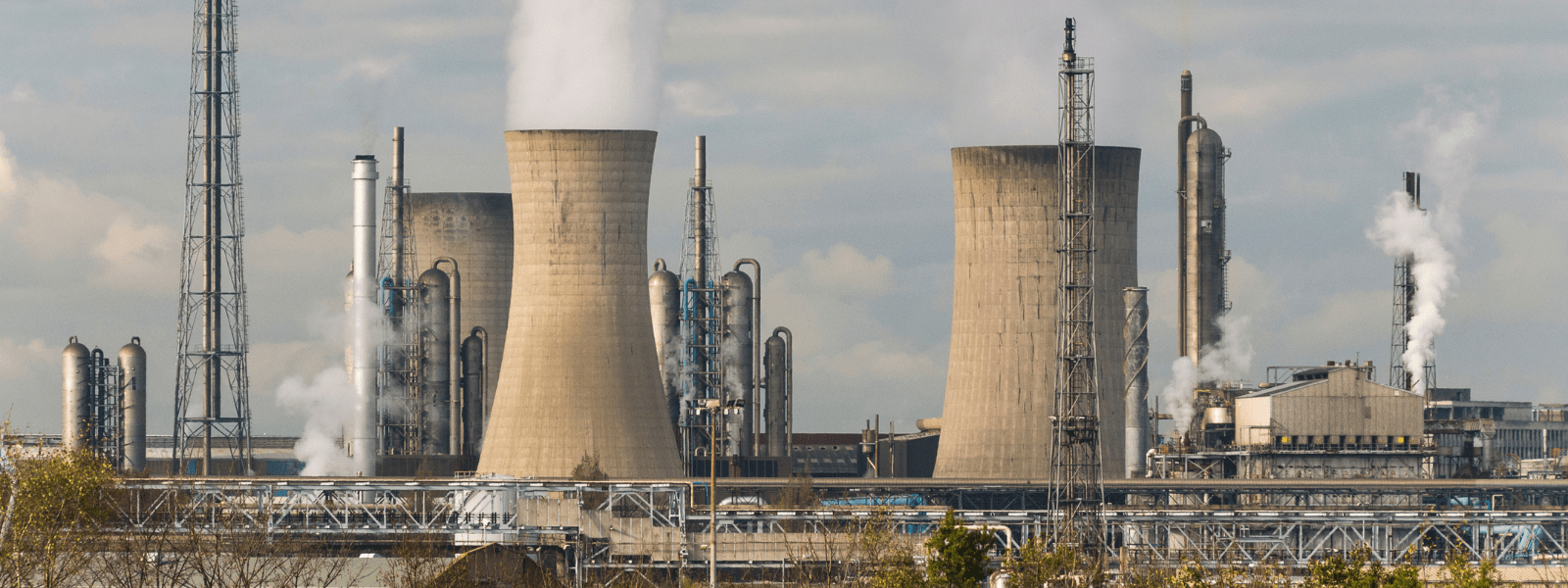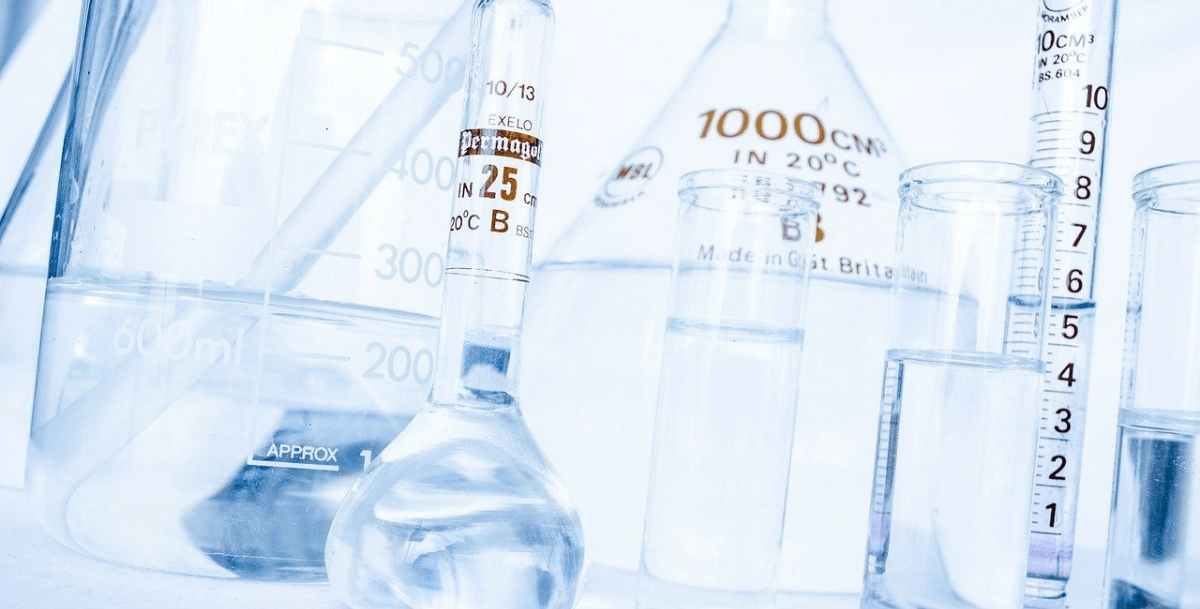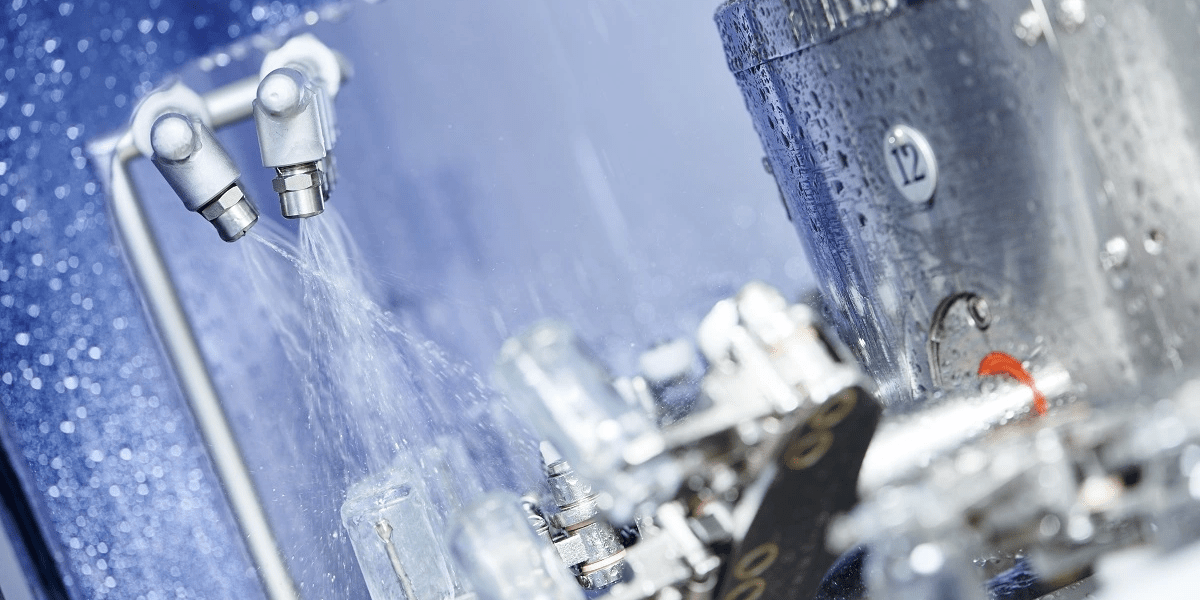If you’ve ever walked outside on a hot day or exercised hard enough to feel warm, then you are familiar with the body’s natural tendency to sweat....
Blog


CHEMICAL INDUSTRY NEWS
Chemical Chat – Discover What’s New!
What Are Naptha Solvents Used For?
What are naptha solvents used for? Typically naptha solvents are used in cleaning liquids to break down hard oils, especially when other solvents...
What is a Naptha Solvent?
What is a Naptha solvent? A naptha solvent is a chemical product comprised of volatile and extremely flammable liquid hydrocarbons used often in the...
N Heptane Uses
N heptane uses are vast. Besides being considered a great solvent, n heptane uses include it being a standard-bearer...
What Are Naptha Solvents Used For?
What are naptha solvents used for? Typically naptha solvents are used in cleaning liquids to break down hard oils,...
Company News

Managed Services
Discover the Latest in Safe and Sustainable Chemical Solutions
Stay informed with Ecolink’s blog! Subscribe now
Chemical Management Information
Stay updated with us
Sign Up for the Latest Updates
Stay informed about chemical supply chain disruptions and emerging innovations to keep your business at the forefront of efficiency and innovation. Uncover new ways to make your business practices more sustainable by incorporating safer products into your cleaning lineup.


























